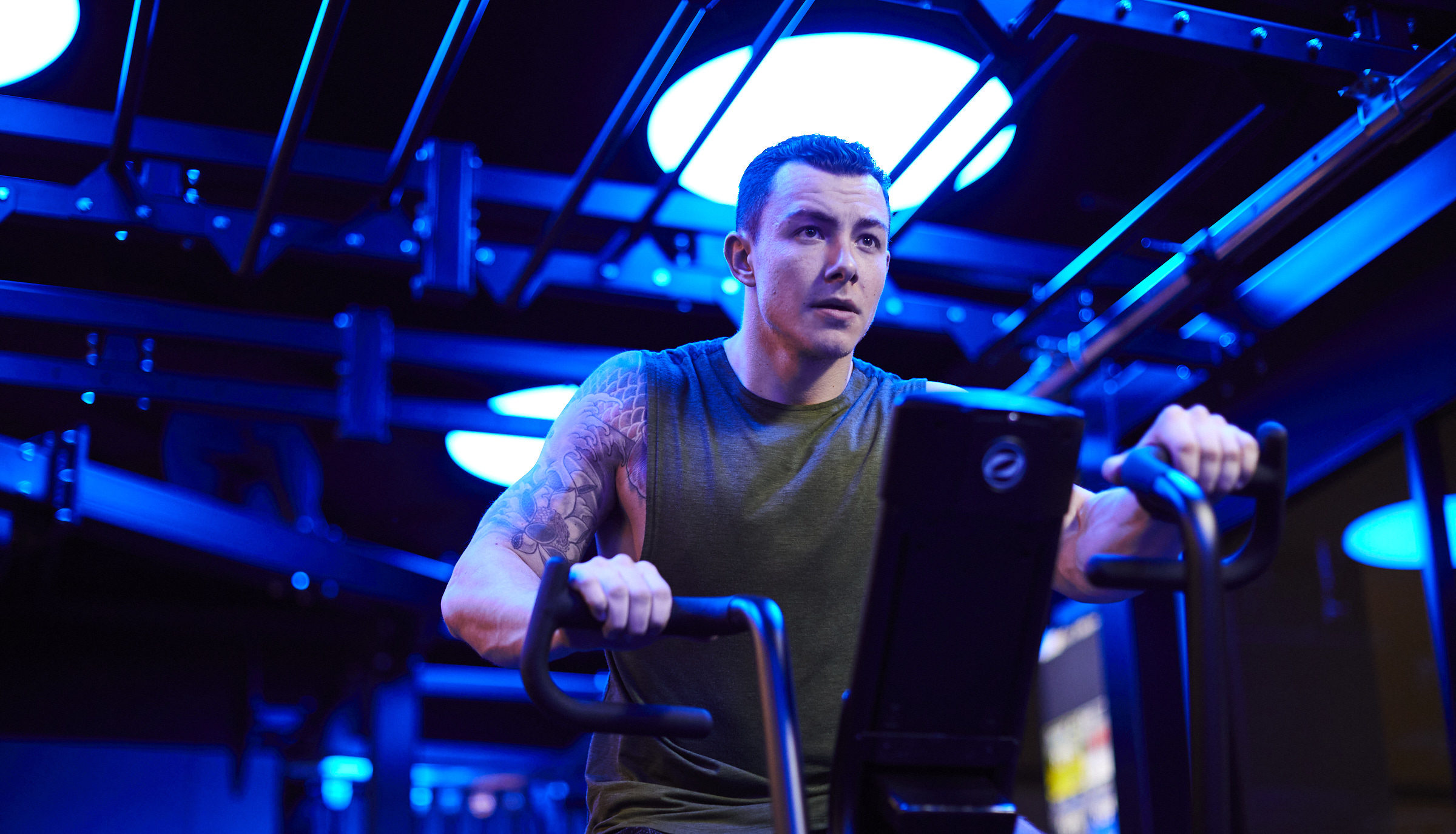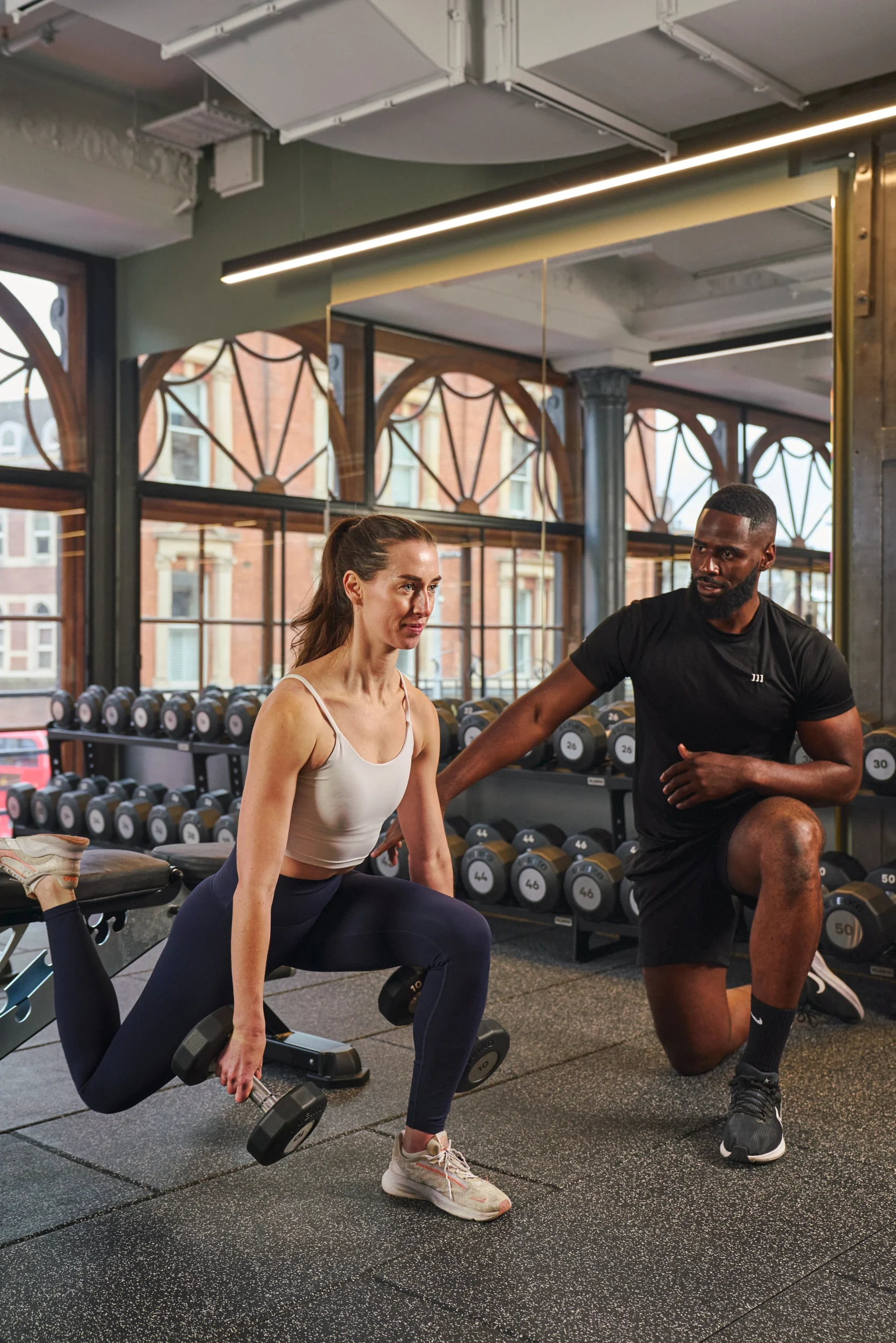- Linkedin Share
- Twitter Tweet
- Email Share
- Copy link Copy link Copied to clipboard
Picture the scene: you’re training well, eating diligently and resting optimally — but you’re not satisfied with the results you’ve worked hard for. You want to make improvements on your fitness game elsewhere outside the weights room; to make the numbers keep ticking upwards (or downwards) and to push the needle even further. Inevitably, there are plenty of avenues to explore when it comes to your health, but one of the most rewarding self-improvement projects you can undertake is to work on your VO2 Max. You’ll be able to take in more oxygen, perform more optimally and even recover better.
“Your VO2 Max is the point in which your heart, lungs and muscles have reached their limit to oxygen transportation and absorption,” explains Third Space Performance Master Trainer and triathlete coach Chris Stanton. “You can still go faster at this point, but the energy requirements are then through anaerobic metabolism.” But why is it so important, and what does it mean for your workouts? “VO2 max is an important factor for performance as it indicates your cardiovascular health. Typically, you can perform better if you increase your VO2 as you are more aerobically eficient,” says Stanton. “What’s more important to me is VV02: velocity at VO2. This is the speed or power that the individual can sustain at their VO2 Max.”
If you’re feeling revved up and ready to take on a challenge in the name of improving your VO2 Max, try these pointers from Stanton to get started:
Try Exercises That Elicit a Heart Rate Response of 90-95% of Max
“This could be 30 seconds on, 30 seconds off; or 40 seconds on, 20 seconds off in a work-to-rest ratio, using high metabolic demand exercises,” says Stanton. “An example would be alternating minutes between 30 seconds of burpees and 30 seconds of dumbbell thrusters.”
Opt for High-intensity Intervals
“For these, this could look like intervals of high-intensity work lasting one to five minutes, resting using a 1:1 work to rest ratio,” says Stanton.
Use High-intensity Work Within Low-Intensity Training
“Combining high intensity work with lower intensity continuous endurance training is another way to improve your VO2 Max,” says Stanton. “The lower intensity work allows you to perform more sessions in a week and develops your cardiovascular efficiency.”
Know Your 5K Time
Prefer miles over metcon workouts? “Calculate your 5K run speed and train at intervals on or slightly above this speed,” says Stanton.
Get in the Saddle
“Calculate your functional threshold power on a bike and perform varying intervals between 106-120% of this figure,” says Stanton. “This percentage target has been scientifically proven to target an individual’s VO2 development.”




